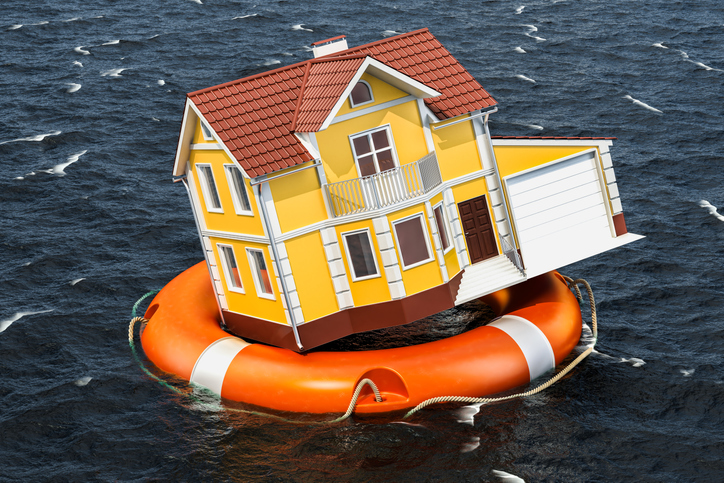Building Homes on Floodplains
When planning a home construction project, it is critical that builders verify if a lot is located within an area officially identified as a regulated floodplain or floodway as defined by the Federal Emergency Management Agency (FEMA).
What Is a Floodplain?
Floodplains are areas adjacent to creeks, rivers, streams, lakes or other open waterways that are at risk of flooding after significant rainfall. If a property is in the 100-year floodplain, it means there is a 1-in-100 chance it will flood in any given year. If a property is in the 25-year floodplain, it means there is a 1-in-25 chance it will flood in any given year. If it’s in the 10-year floodplain, it means there is a 1-in-10 chance it will flood in any given year and so on. Although the statistical risk of flooding doesn’t change after any one flooding event, repeated flooding can cause floodplains to be recalculated.
How Do I Know if a Lot Is within a Floodplain?
In most areas, you can request this information from the local County Engineer’s Office. Since floodplain information is typically handled in writing, builders need to mail, fax, email or hand-deliver requests to the department directly. Information requests are typically handled in this way because it’s easy for builders to misunderstand or confuse directions and locations. To make sure all details and data are correct, the department will usually ask that you send a deed, copy of the lot or legal description along with a map showing the location of the proposed development.
How Can I Build on a Floodplain?
If you plan to construct a new home in a floodplain, you will usually have to file a permit application. Most counties also require you to submit plot and building plans to prove that you are compliant with all local floodplain regulations and county standards. Once your building permit applications and site plan are approved, you can request a pre-construction conference and start building.
You Build it, We'll back you up.
Learn why so many builders enroll their homes in the 2-10 New Home Warranty Program.
What Are the Guidelines for Building in a Floodplain?
While each county is likely to have its own standards for building in a floodplain, there are some general guidelines builders should always follow. These include:
- Make sure the lowest floor elevation is at or higher than the floodplain elevation.
- Design the foundation (and any other portions subject to flooding) to withstand flooding loads and conditions.
- Use flood-damage-resistant materials to create portions of the home below the design flood level.
- Where permitted, use appropriate materials and methods to either wet-floodproof or dry-floodproof portions of the structure that rest below the design flood level.
In addition to these best practices, builders should be prepared to coordinate with FEMA and the local Floodplain Administrator (FPA). Builders are often shocked to find out that coordination with FEMA is necessary for most construction within regulated floodplain or floodway areas. This includes new building construction, clearing land, existing building expansion, grading land and placing fill.
It’s a good idea to familiarize yourself with FEMA’s extensive collection of floodplain management resources. This is the best way to ensure that you are compliant with every major and minor regulation, so you can avoid potential fines, liability issues and lengthy delays that could negatively impact your bottom line.
Learn how you can protect your business and add valuable selling points to your new builds with 2-10 Structural Warranties.








